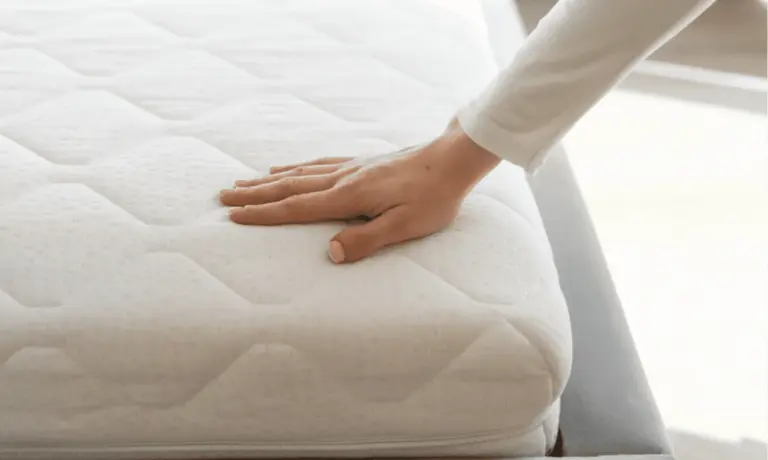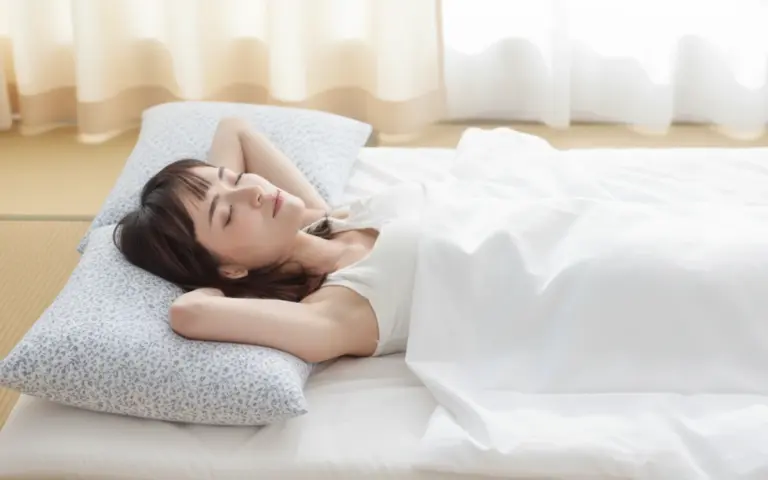Down vs Synthetic Japanese Comforters: Which Should You Choose?
Choosing Warmth Wisely: The Japanese Way of Comparing Down and Synthetic Comforters
If you’ve ever stood in a bedding store, wondering whether to choose a down or synthetic comforter, you’re not alone. In Japan, this decision isn’t only about material—it’s about balance, maintenance, and how your bedding interacts with the changing seasons.
A Japanese comforter, or kakebuton, is designed around simplicity and adaptability. Whether it’s filled with natural down or modern microfiber, its goal remains the same: to keep you warm without trapping you in heat.
What Makes a Japanese Down Comforter Special
Down comforters in Japan are often made with remarkable precision. They use fine cotton shells and high-quality down clusters from duck or goose, chosen for softness and insulation.
The biggest advantage? Down creates a naturally breathable warmth. The air trapped within the down clusters forms tiny pockets of insulation—light, yet powerful.
A good kakebuton down comforter feels like it floats above your body, warming gently without weight. It’s also naturally moisture-wicking, which matters in Japan’s humid climate.
However, down has its trade-offs: it’s delicate, sensitive to moisture, and requires more care—especially regular hiboshi (sun airing). Regular hiboshi—sun airing once or twice a week for about one to two hours per side—helps maintain loft and freshness by preventing odor and flattening.
The Case for Synthetic Fill
Synthetic comforters have quietly evolved. High-density microfibers and hollow fibers now replicate down’s loft while improving humidity resistance and washability.
- Easier to wash — many can go directly into a washing machine.
- Hypoallergenic — perfect for households sensitive to dust mites or feathers.
- Stable performance in humidity — synthetic fibers don’t clump or lose volume when damp.
For busy urban lifestyles or households with children, synthetic kakebuton options offer low-maintenance comfort without the ritual of airing and fluffing.
Down vs Synthetic: A Comparison Table
| Feature | Down Comforter | Synthetic Comforter |
|---|---|---|
| Warmth | Natural insulation; ideal for cold climates | Even warmth; suitable year-round |
| Weight | Lighter and loftier | Slightly heavier but uniform |
| Breathability | Excellent; regulates moisture | Moderate; depends on fiber density |
| Maintenance | Requires sun airing (hiboshi) | Machine washable and easy care |
| Allergy-friendly | May trigger sensitivities | Hypoallergenic |
| Longevity | 10+ years with proper care | 5–7 years average lifespan |
| Cost | Higher upfront investment | More affordable |
What Japanese Households Prefer
In Japan, both types have loyal fans—but for different reasons. Older generations often favor down for its luxurious lightness and warmth, a feeling tied to craftsmanship and tradition. Younger households, however, lean toward synthetic options—valuing convenience, washability, and modern living.
In smaller urban apartments, synthetic comforters are often preferred because they dry quickly and fit compact washing machines. Some families even own two comforters: a down-filled one for winter and a lightweight synthetic for the humid months. This reflects Japan’s broader bedding philosophy—adapting, not enduring, each season’s rhythm.
Caring for Each Type
Down comforters should be aired under sunlight once or twice a week (hiboshi) to maintain loft and freshness. Avoid sealing them in plastic or damp environments.
Synthetic comforters, meanwhile, can often be laundered gently at home. After washing a synthetic comforter, dry it completely—preferably in low heat or sunlight—to prevent mildew and clumping.
Both types benefit from a removable, washable cover—an essential part of every kakebuton setup in Japan.
The Gentle Warmth of Choice
In the end, the decision between down and synthetic comes down to your lifestyle. If you value natural warmth and softness, choose down. If you prefer easy care and practicality, go synthetic.
Both paths lead to the same place—a night of calm, breathable rest. Because in the Japanese view, comfort isn’t about material—it’s about harmony with the seasons, and with yourself.


